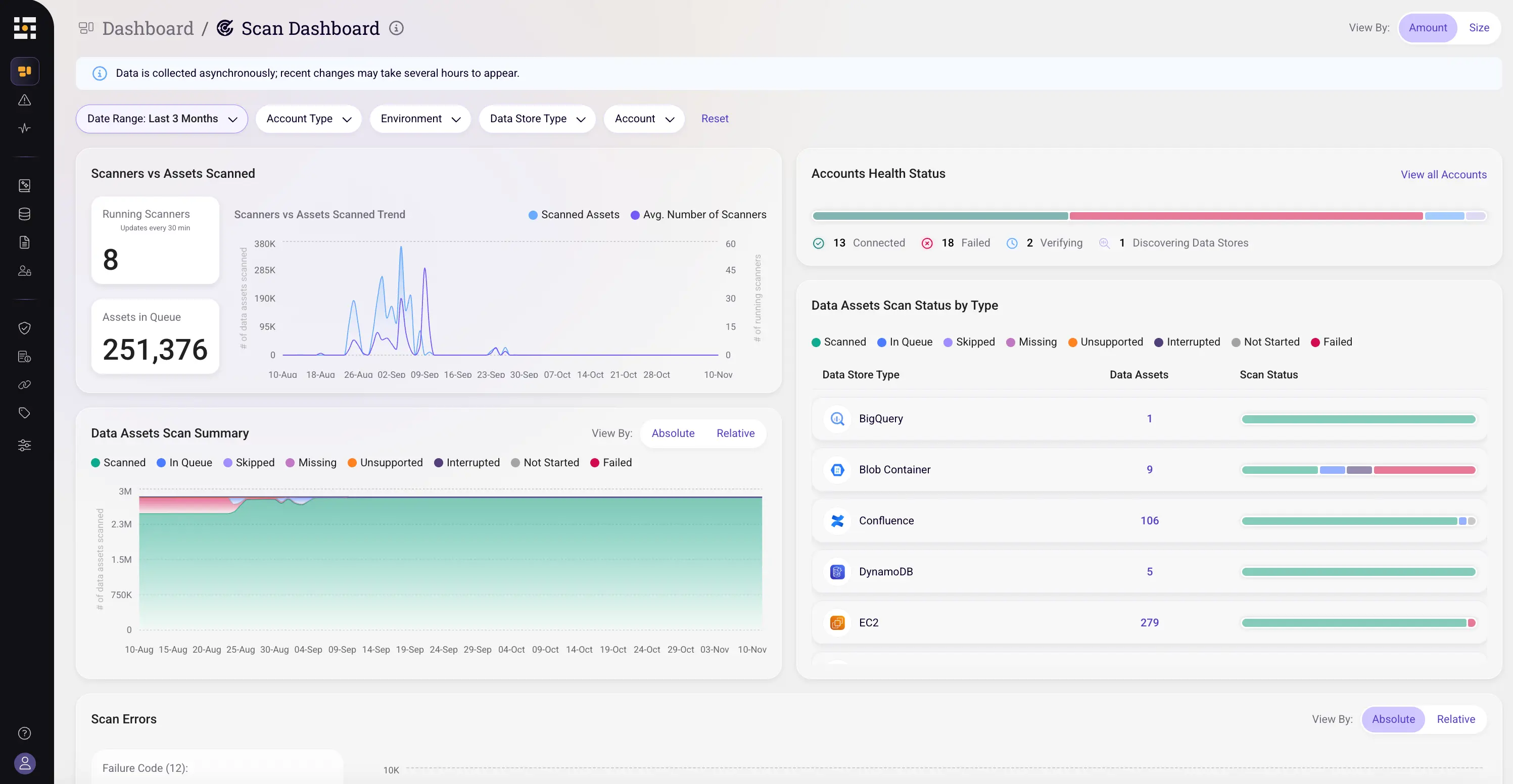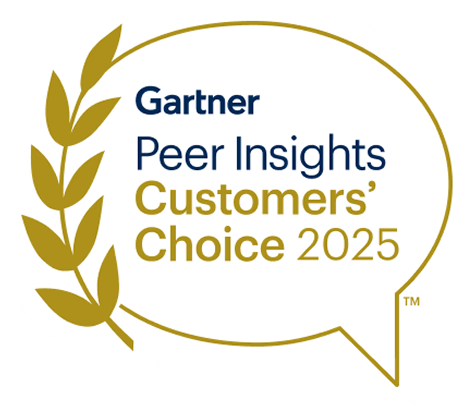Solving M&A Integration Challenges with Sentra's DSPM
Mergers and acquisitions (M&A) integrations bring forth various risks that can significantly impact the success of the combined entity. The complexity involved in merging diverse systems, technologies, and operational processes may result in IT integration challenges, disrupting day-to-day operations and impeding synergy realization. Beyond these challenges, there are additional risks such as regulatory compliance issues, customer dissatisfaction due to service disruptions, and strategic misalignment that must be adeptly navigated during the M&A integration process. Effective risk mitigation requires proactive planning, clear communication, and meticulous execution to ensure a smooth transition for both organizations involved. Further complicating these challenges are the data security concerns inherent in M&A integrations.
Data Security Challenges in M&A Integrations
As organizations merge, they combine vast amounts of sensitive information, such as customer data, proprietary technology, and internal processes. The integration process itself can introduce vulnerabilities as systems are connected and data is migrated, potentially exposing sensitive information to cyber threats. Neglecting cybersecurity measures during M&A integrations may lead to incurring unnecessary risks, compliance violations and fines, or worse—data breaches, jeopardizing the confidentiality, integrity, and availability of critical information.
This can affect millions of individuals, and in certain situations even a billion… One notable instance of a major data breach of this size was during the 2017 acquisition of Yahoo by Verizon. Throughout the due diligence phase, Yahoo revealed two significant data breaches that it had initially tried to conceal. In the months preceding the deal, hackers compromised the personal information of 500 million Yahoo users, followed by another breach affecting one billion accounts. Despite the breaches, the acquisition proceeded at a reduced price of nearly $4.5 billion, with Verizon negotiating a $350 million reduction in the transaction value.
Navigating the M&A integration process involves addressing several critical challenges, such as:
- Hidden vulnerabilities: Undetected breaches in acquired companies become sudden liabilities for the merged entity.
- Integration chaos: Merging disparate data systems creates confusion, increasing access risks and potential leaks.
- Compliance minefield: Navigating a web of new regulations across various industries and territories raises compliance burdens.
- Insider threats: Disgruntled employees in both companies pose increased risks during integration and restructuring.
In order to achieve a seamless transition and safeguard sensitive data, it is crucial to conduct thorough due diligence on the security measures of both merging entities. It also requires the implementation of robust cybersecurity protocols and clear communication to all stakeholders about the steps being taken to protect sensitive information.
Failure to address data security challenges can result in not only financial losses but also reputational damage, eroding trust among customers and stakeholders alike. Therefore, a comprehensive approach to data security is essential to navigate M&A integrations successfully. Data Security Posture Management (DSPM) is an essential tool for easily and quickly assessing the risk of data exposure and related compliance adherence of candidate acquisition and integration targets.
Rapid Assessment of Data Risk
DSPM provides a rapid and straightforward assessment of data exposure risks, ensuring compliance with standards throughout the acquisition and integration efforts. Its unique capabilities include unparalleled detection of both known and unknown shadow data repositories, exceptional granular data classification, and posture and risk assessment for data, regardless of its location.

Cloud-native Data Security Posture Management (DSPM) requires no connectors, agents, or credentials for operation. This simplicity makes it a valuable asset for organizations seeking a comprehensive and efficient solution to enhance their data security measures throughout the intricate process of M&A integrations. Set up is quick and easy and no data ever leaves the target environment - so there is no impact to operations or increased security risk.
DSPM is agnostic to infrastructure, so it works across the entire cloud estate - despite variance in the host public cloud provider. It supports all leading Cloud Service Providers (CSPs), or in the underlying data structure - it works equally for structured as well as unstructured data. Assessment time is short, generally within hours to a few days max, and takes place autonomously.
Risk Sensitivity Score
Once the assessment is complete, a risk sensitivity score is generated for each discovered data store, for example, S3, RDS, Snowflake, OneDrive, etc., and the underlying data assets contained within. These scores can be easily compared with other portfolio members (as long as they also have actively configured accounts) to determine the level of risk a new portfolio member brings to the organization. This is done granularly, and can be filtered by account type (AWS, GCP, Azure, etc.), by environment (development, production, etc.), by region or can be custom defined.
Adherence to Compliance Frameworks
Ensuring adherence to compliance frameworks in the context of M&A integration is a critical aspect of assessing risk associated with potential integration targets.
It involves a thorough examination of an organization's compliance with industry data security standards and regulations, as well as the adoption of best practices. Sentra's Data Security Posture Management (DSPM) offers a comprehensive range of frameworks for independent assessment of compliance levels, while also providing alerts for potential policy violations. This proactive approach aids in a more accurate evaluation of the risk of audit failure and potential regulatory fines. Maintaining compliance with global regulations and internal policies for cloud data is essential. Examples include General Data Protection Regulation (GDPR), California Consumer Privacy Act (CCPA), Health Insurance Portability and Accountability Act (HIPAA), and Payment Card Industry Data Security Standard (PCI-DSS).
In the era of multi-cloud operations, sensitive cloud data is in constant motion, leading to various challenges such as:
- Unknown data risks due to lack of visibility and inaccurate data classification.
- Undetected data movement across regions.
- Unnoticed changes to access permissions and user activity.
- Misconfigurations of data security posture resulting in avoidable violations.
The continuous movement and changes in data activity make it challenging to achieve the necessary visibility and control to comply with global regulations. Your data security posture management needs the ability to keep pace by being fully automated and continuously on guard.
Conclusion
To conclude, successful mergers and acquisitions (M&A) integrations demand a meticulous strategy to address data security challenges. In the integration process, organizations merge vast amounts of sensitive information, introducing vulnerabilities as systems are connected and data is migrated, potentially exposing this sensitive information to cyber threats.
Data Security Posture Management (DSPM), stands out for its simplicity and rapid risk assessment capabilities. Its agnostic nature, quick setup, and autonomous assessment make it a valuable asset during the intricate M&A process.
The Risk Sensitivity Score provided by Sentra's DSPM solution enables granular evaluation of risks associated with each data store, facilitating informed decision-making. Adherence to compliance frameworks is crucial, and Sentra's DSPM plays a vital role by offering a comprehensive range of frameworks for independent assessment, ensuring compliance with industry standards.
In the dynamic multi-cloud landscape, where sensitive data is in constant motion, DSPM becomes indispensable. It addresses challenges such as unknown data risks, undetected data movement, and misconfigurations, providing the needed visibility and control for compliance with global regulations. In essence, a proactive approach, coupled with tools like DSPM, is essential for secure M&A integrations. Failure to address data security challenges not only poses financial threats but also jeopardizes reputational integrity. Prioritizing data security throughout the integration journey is crucial for success.
To learn more about DSPM, schedule a demo with one of our experts.
<blogcta-big>













.webp)
.webp)

